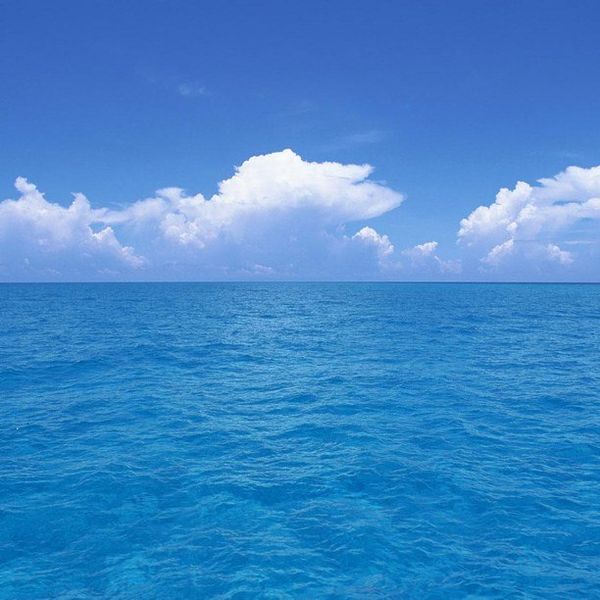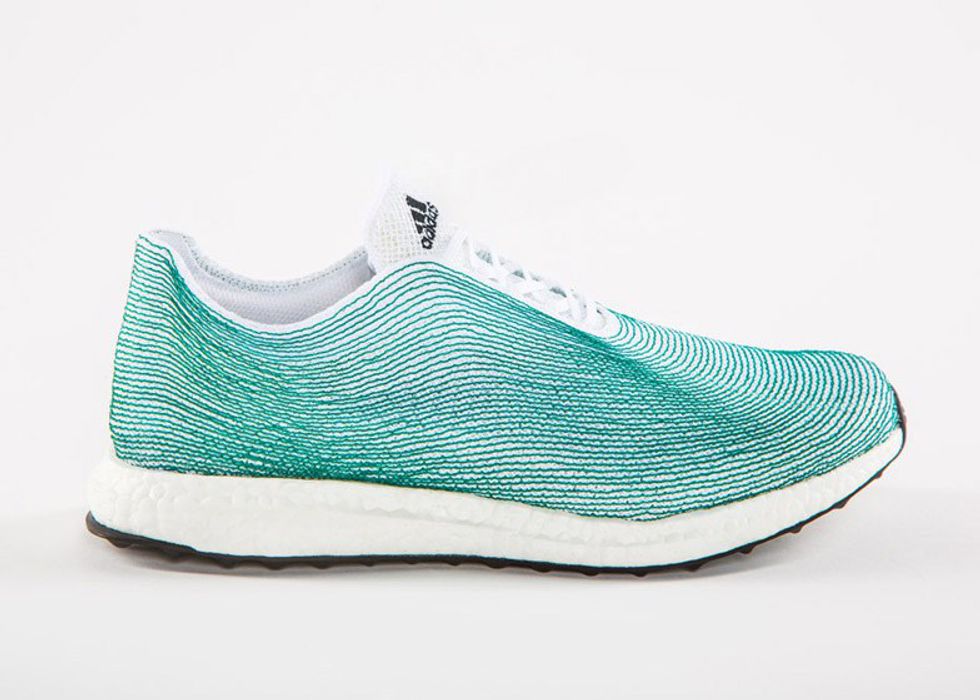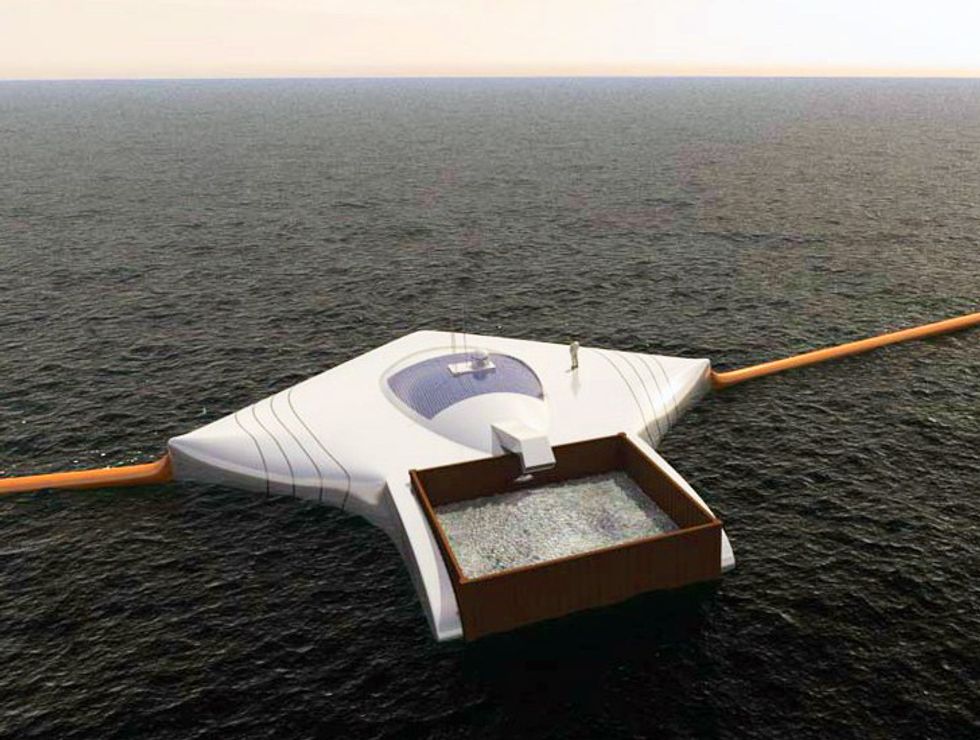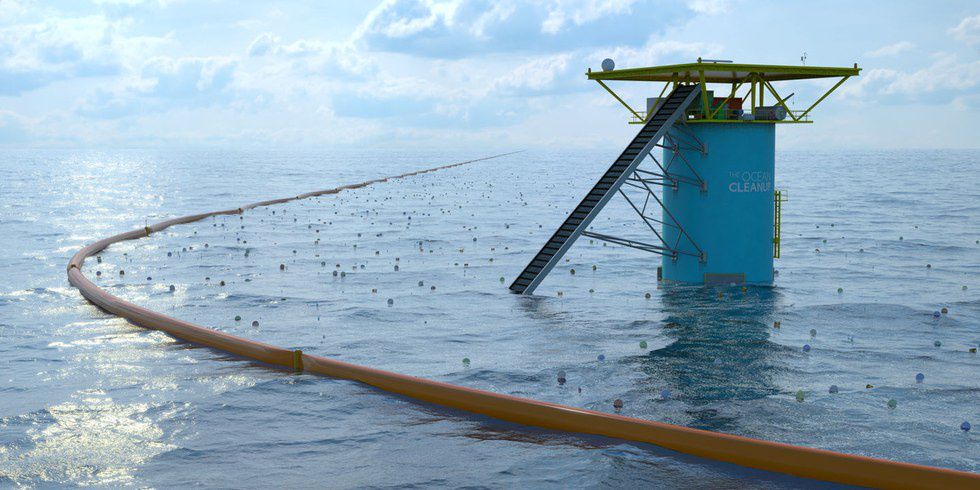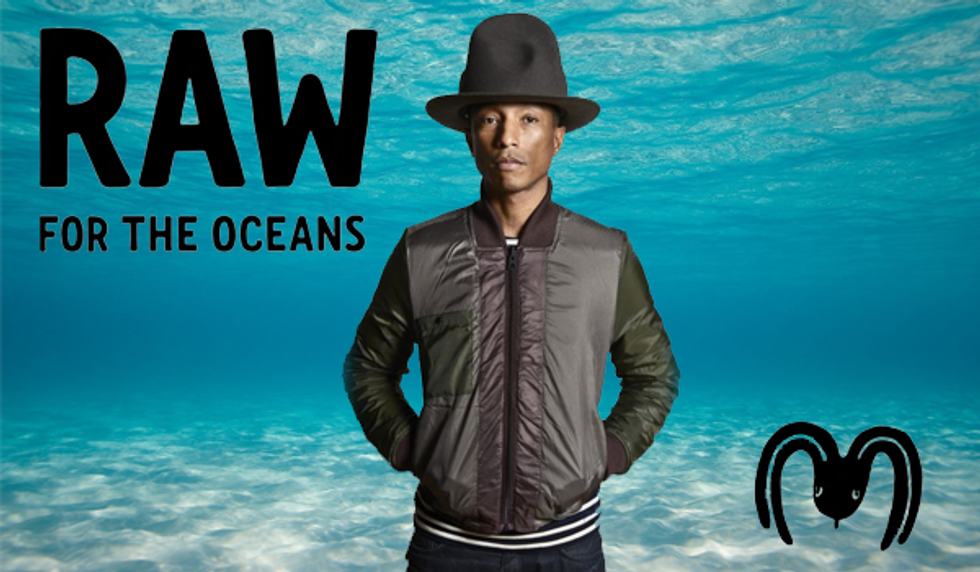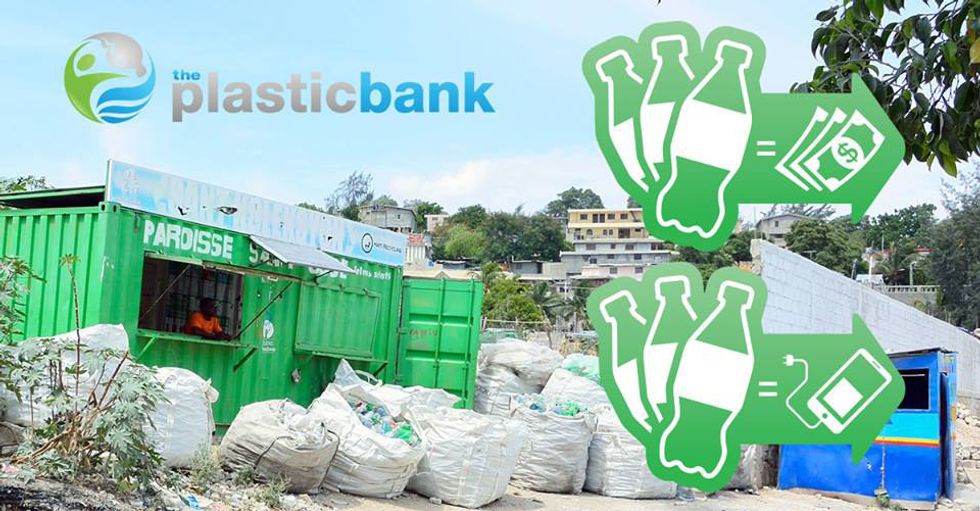Are you prepared to be inspired? Imagine stepping onto a pollutant-free beach, being able to walk around barefoot without having to worry about stepping on piles of broken glass and plastic waste. With the innovative technology of today and development of pollution awareness, this fantasy world may soon be a reality.
Adidas Parley Sneakers
On June 29, 2015 Adidas celebrated its partnership with Parley for the Oceans at the United Nations headquarters, showcasing the collaboration's first innovative footwear product, the Parley Sneakers. Parley for the Oceans is an organization in which innovative creators and leaders come together to raise awareness about the state of our oceans and collaborate on projects that can protect and conserve them.
These limited edition shoes, created from oceanic plastic waste that has been cleaned and molded into thread, define the possibilities for the innovative future ahead of us. Not only are these shoes unique in their pattern and style, but they carry a story that could change the health of our oceans and sea life, as well as product development.
Forget farm to table, check out sea to shoe!
The Ocean Cleanup
Over 8 million tons of plastic enters our oceans each year, most of which washes up on shorelines, pollutes the sea floor, damages plant life, and harms sea life. With numbers like that, it seems also impossible to clean up such a mess! For 18-year-old Boyan Slat, this unreachable destruction was a beginning for an amazing invention. One passive system could theoretically remove about half the Great Pacific Garbage Patch, the world's largest of all five trash patches, in 10 years. So far, the Ocean Cleanup has received over $2.2 million through crowdfunding and sponsorship from various organizations. That's a pretty penny for a cleaner future, but future expeditions and prototypes to be build, this is the start of a brand new oceanic operation system.
Donate to the Ocean Cleanup project:
http://www.theoceancleanup.com/fund/
The Concept
Why move the ocean if it will move for you? This enormous vessel runs solely on the ocean's natural currents, catching floating debris in its artificial shoreline. By using solid barriers instead of nets, its design allows for debris to be collected in the center of the garbage patches, while allowing wildlife to pass underneath the screen barrier with the ocean current. The barrier's "V" shape and orientation allows for all the plastic to collect in one concentrated area.
Raw For The Oceans
Normally, someone would be offended by saying they looked a little "trashy," but how would they feel if you were literally wearing trash? Pharrell Williams thinks trashy is trendy. He also thinks that using recycled plastics from our oceans is an amazing way to change one man's trash into another man's treasure. With his new line Raw For The Oceans, Pharrell teamed up with G-Star Raw, or G-Star, a Dutch urban clothing company to create clothing made from recyclable plastics collected from the Ocean. Now that's a twist on high fashion!
Social Plastic®
In poverty-stricken countries around the world, plastic waste consumes the streets and waterways accessed by individuals. Instead of reusing the plastic available to us already, companies are continuing to produce new plastic before the old is ever recycled. People know how to recycle, why to recycle, and the effects plastic has on our environment, so why don't all people recycle? What if these unused plastic were used as currency? This is exactly the thought that CEO & Co-Founder David Katz and his partner Shaun Frankson had in mind. Social Plastic is a plastic waste recycling company that is providing funding to those facing poverty by allowing them to earn an income by recycling the plastics that are polluting their environment. The plastic collected from Social Plastic is sold to other companies and manufactures, allowing for the plastic previously created to be recycled for further use. With over 4 trillion pounds of plastic on our planet, it is important that we begin to recycle the products we no longer use rather than diminishing our resources that are already disappearing before our very eyes.
Could this be the beginning of a environmental revolution? With businesses shifting their focus on more environmentally friendly ways of creating products, it leaves a lot of room for the ever-growing product design industry to make this 'trend' an aspect of the industry's future.


